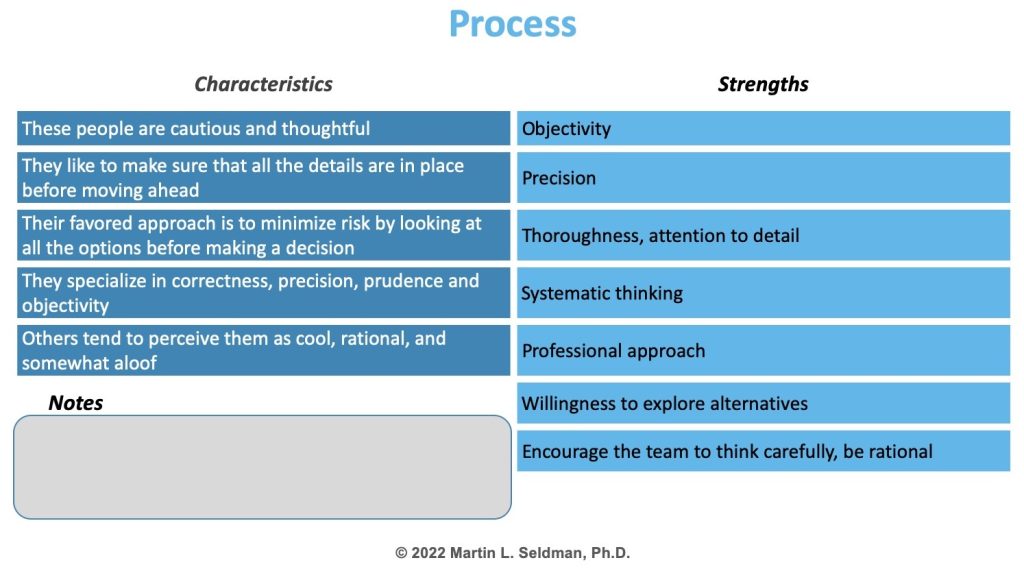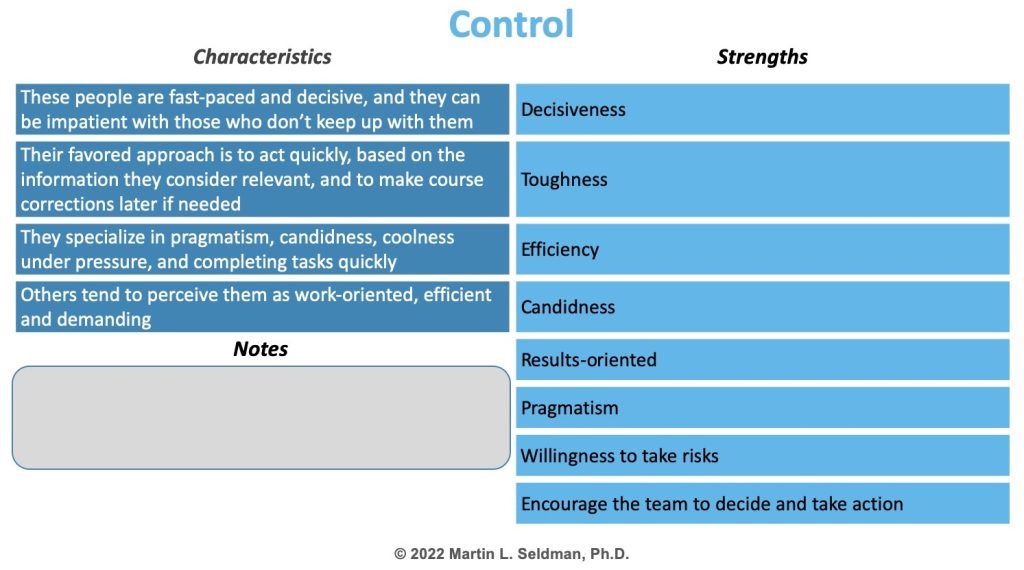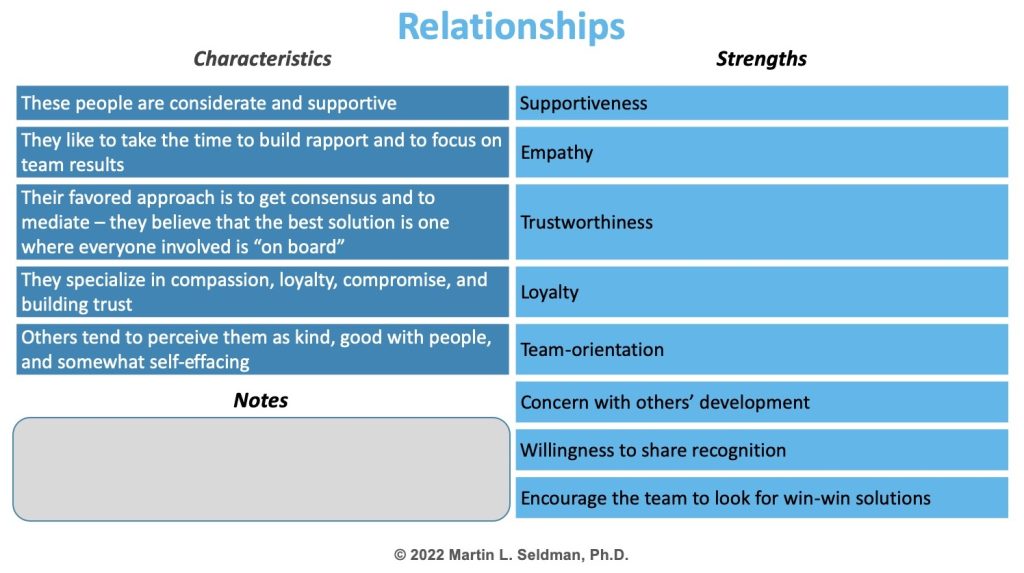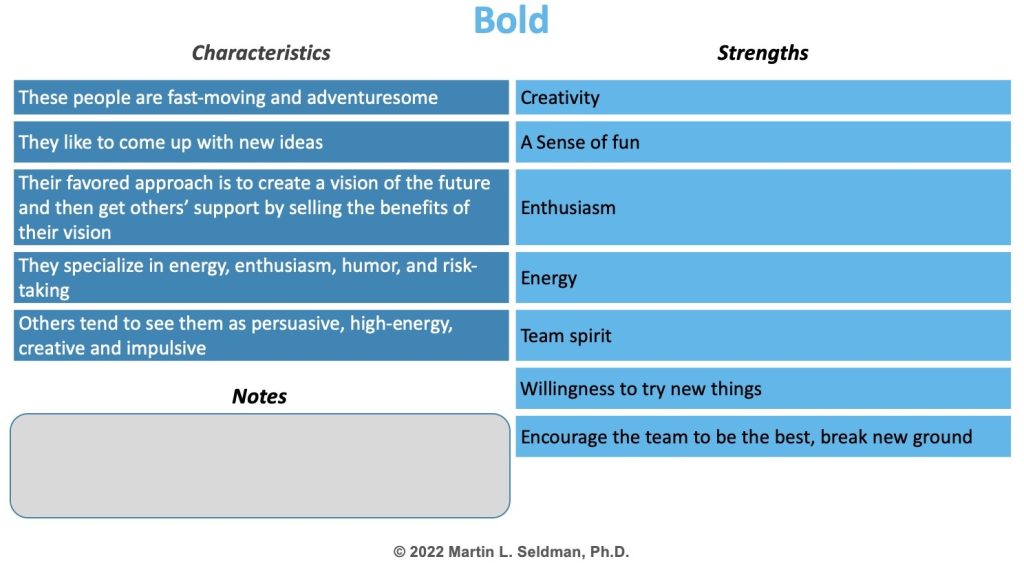Fully Identify Your Strengths and Potential: The Key to Being Confident, Bold, and Finding Your “Sweet Spot” in Life

(This article is dedicated to Herbert A. Otto, Ph.D., founder of the National Center for the Exploration of Human Potential)
What percentage of the population has an accurate picture of their strengths? My estimate, after 50 plus years of focusing on this subject, is less than 10%. Let’s break down the other 90%:
- The Inflated – This group has an exaggerated, sometimes grandiose vision of how good they are. They inflate their achievements and discount their deficiencies. So this article is not for them. If you are in this group I recommend reading, “Coachability: The Leadership Superpower” by my friend and colleague Kevin Wilde.
- The Incomplete – This group doesn’t not have blocks to accepting their strengths, they just haven’t made it a priority to explore the breadth and range of their capacity.
- The Discounters – People in this category have only a partial view of their strengths, and it puts them at a disadvantage in many situations. As you will learn, being uncomfortable focusing on their positives combined with confusion about what qualifies as a strength permits them to only identify a small fraction of their actual potential. This article is mainly intended for this group. If you follow the tips and techniques suggested below, you can easily grow your list of strengths, in some cases 5 times larger.
First, let’s examine the main reasons for this blindspot.
Reasons:
- Don’t want to be perceived as a braggart or conceited: Family culture, or gender-based messages can contribute to people being uncomfortable telling other people about their strengths or even writing them down in private.
- Velco/Teflon: Our brains are “velco” for negatives and “teflon” for positives. So we can easily slip into over-focusing on criticism and mistakes and have a difficult time “staying with the good.”
- Not 100%: People often struggle with qualifying how good do I need to be at something to claim it as a strength. A common way some people discount their abilities is by pointing towards their mistakes, or when they came up short of their goals. To them, it’s only a strength if they are skillful all the time.
- Someone Better: This form of discounting occurs when someone struggles to give themselves credit for abilities because they focus on someone who is more talented.
- “It Comes Easy”: I have seen people not list a strength because they say, “Oh that’s god-given” or “I was born that way, it’s easy for me.” Somehow for them, the fact that they don’t have to work hard for this strength disqualifies it.
- “I Don’t Use It”: “Should I list this as a strength even if I hardly use or leverage it?” I think you can guess my answer but I have seen many people not include an ability for this reason.
“Why it Matters”
Before I suggest some techniques and activities to help you fully visualize your talent and potential, I want to lay out why this exercise matters.
- Confidence: Identifying all your skills and abilities and internalizing them is the foundation of confidence. Someone with this awareness is unlikely to suffer from “the impostor syndrome.”
- Boldness: Having the full picture of your potential will lead to “decent boldness,” indicating to others that you are ready to “step up” and/or, to yourself, that you can follow your passion.
- “The Sweet Spot”: One of my favorite quotes (attributed to Mark Twain) is, “The two most important days in your life are the day you are born and they day you find out why you were born.” The more you see yourself through the lens of your strengths, and your combinations of abilities, the more you will see the potentialities of deepening and leveraging these talents. Imagine you find something that you are good at, enjoy doing, and provides value to others, a company, or society. That is a “sweet spot” that can last a lifetime.
Tips/Techniques/Activities
Goal: Generate an expanded list of strengths which you can own and leverage.
- Confident but not cocky. I’ve worked with 1000’s of people to create these lists. I have NEVER seen anyone go from being uncomfortable with bragging all the way to arrogant. This process will make you confident, not cocky.
- Cut out the discounting and disqualifying.
-
- You can have a strength even if you make mistakes.
- You can have a strength even if someone happens to be better than you.
- You can have a strength even if you currently don’t use it.
- You definitely can have and leverage a strength if you didn’t have to work hard to acquire it.
- Expand your strengths universe. It’s very important to learn about various strengths inventories. Think of them as “cheat sheets” to trigger your recognition of talents, skills, and character traits that apply to you. Here are some places to get started:
- Social Styles Strengths Clusters




- Strength Finders (Caveat: I have a different point of view than the authors about what qualifies as a strength).
- Values in Action Inventory of Strengths
- Analyze Success. When asked whether they have learned more in their life from their successes or their failures, almost everyone says failures. The reason this is , in fact, the case is that people put way more effort into examining their failures versus analyzing successes. I strongly recommend devoting at least equal time to focus on your achievements. Success has a template, that failure doesn’t have; that can be replicated and shared. Cracking the code of your “wins” also points directly to your strengths, and often even better, combination of strengths. Please take a few moments to dissect your most recent (freshest memories) success. What were the skills, talents, and strategies that worked?
- Depth Unfoldment Experience (DUE). Over 60 years ago, Herb Otto’s research uncovered that most people were only dimly aware of their strengths and potential. Fortunately he went beyond data and created dozens of activities (mostly in groups) that elevated self-awareness and gave people a vision of what they could become. Two of his most powerful activities are the Depth Unfoldment Experience and Strength Acknowledgement.
- DUE – this is a review of and reflection on your life, with a particular focus. As you think back, who were the people and what were the experiences that shaped you the most? What did you learn? What values were you taught? Think about the challenges you faced and things you achieved. What clues do they provide about your strengths and abilities?
- Now review two experiences:
- Describe to yourself, in detail, your greatest work achievement. Why is it so meaningful to you?
- Describe a “peak” experience (Abraham Maslow, 1964, “Religions, Values, and Peak Experiences”) in your life. This is an experience of pure joy or fulfillment that vividly stands out from everyday events.
After going through the DUE with yourself or sharing with others, use the learning to deepen your understanding of your strengths and values.
- Strength Acknowledgement Activity. If you have followed these 5 suggestions, hopefully you now have an expanded, more complete list of your strengths. The next step is to find one or two friends and/or colleagues who you trust and who know you well. This activity starts with you telling them what you think are your strengths (skills, talents, knowledge areas, character traits). You also have the option of explaining why you included any item. Then they are invited to give you feedback which can include what they agree with but also often they spot qualities you neglected to mention (your list gets bigger). The Strength Acknowledgement process often provides a validation that deepens your conviction about your abilities.
Final Bonus
Learning to see your own strengths also can develop a key life skill, “the ability to spot ability” in others. Looking at other people through this lens of strength and potential is a gift that lasts a lifetime, and can make you a better leader, parent, or friend.
